Analysis of household consumption surveys is integral for discerning the underpinnings of an economy—its trajectory, its resilience, and its demand potential. As consumption drives a substantial part of economic growth, these surveys unravel the narrative of an economy's strength and the well-being of its citizens. The latest household consumption survey 2022-23 by MOSPI, NSSO presents a striking development: a near doubling of consumption expenditure from 2011-12. This leap underscores inflationary trends and possibly reflects improved living standards and consumption capabilities of Indian households. Such consumption growth is a testament to an economy’s expanding potency, often heralding sustained developmental progress.
However, the widening rural-urban gap in consumption reveals underlying structural disparities. Rural India, with more frugal means, contrasts sharply with urban folks with louder consumption habits. This split is a salient reminder of the differing priorities and access to resources, which policy must aim to bridge. Inequalities in consumption weave through the societal fabric, with survey data illustrating disparities amongst social groups and regions. Steeper ascendancy in consumption in more affluent states stands juxtaposed to modest increments in lesser-developed regions, painting a tableau of uneven economic vibrancy across India's diverse landscape. Medical expenses (hospitalization) have swelled, arguably accelerated by the pandemic, increased pollution, and a general rise in healthcare awareness. Further, it is alarming to observe that the share of medical expenses in rural household consumption has surpassed urban expenditure on the same over the previous decade. This trend signifies that healthcare needs, which are essential for the well-being and productivity of a population, are becoming increasingly burdensome. In rural areas, where incomes are typically lower and access to healthcare is more challenging, higher health expenses can lead to financial distress and divert resources from other critical areas such as education and nutrition. Further, this pattern of rising medical expenditures suggests systemic issues in the healthcare system, potentially including inadequate public health infrastructure, limited preventive care, and escalating costs of medical treatment. Such disparities necessitate a multi-faceted policy approach that addresses affordability, access, and quality of healthcare services.
Conversely, education expenditure has contracted. This intriguing trend may be argued from a range of possibilities: perhaps a disconnect between education and employment outcomes, the deteriorating perception of education quality, or the digital revolution's successful incursion in making learning more affordable.
Despite these creases, the survey brings to light India's formidable achievement in poverty reduction. A burgeoning middle class is expanding the bottom of the consumption pyramid, unveiling a market with enormous demand potential. The undercurrents suggest a resilient consumption base capable of fuelling India's growth engine, poised to provide a robust push to the nation's economic aspirations. Such promising horizons reaffirm a collective optimism in India's enduring ascent on the global stage.
Source: Household Consumption Expenditure Survey (2022-23), NSSO Survey, MOSPI, GOI
By: Dr. Sandhya Dubey Ph.D, National Institute of Educational Planning and Administration, New Delhi








 OpinionExpress.In
OpinionExpress.In
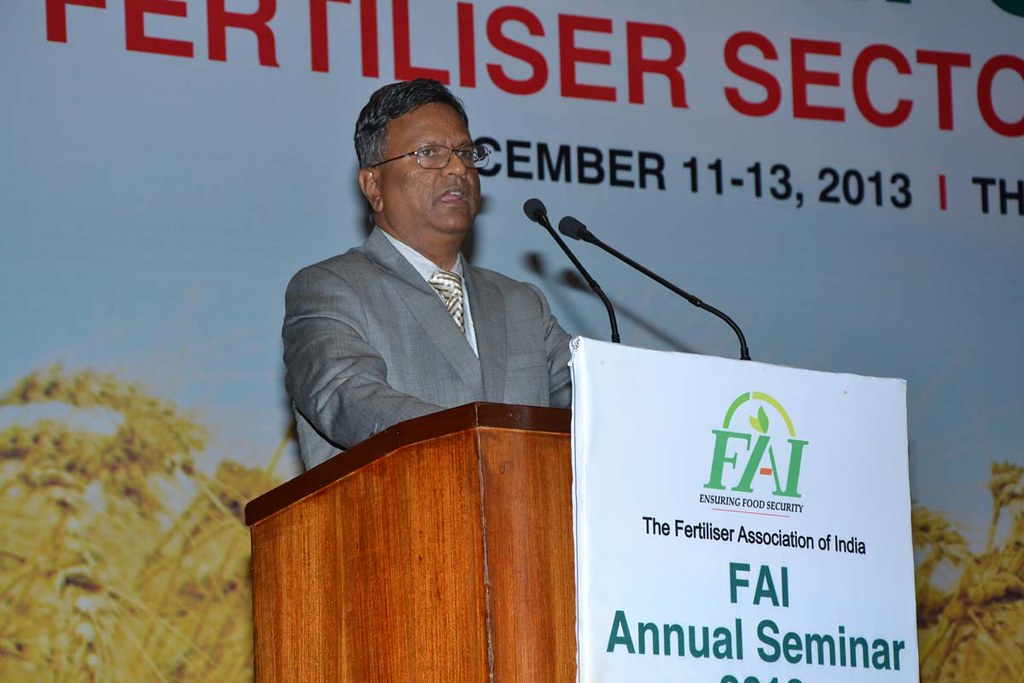
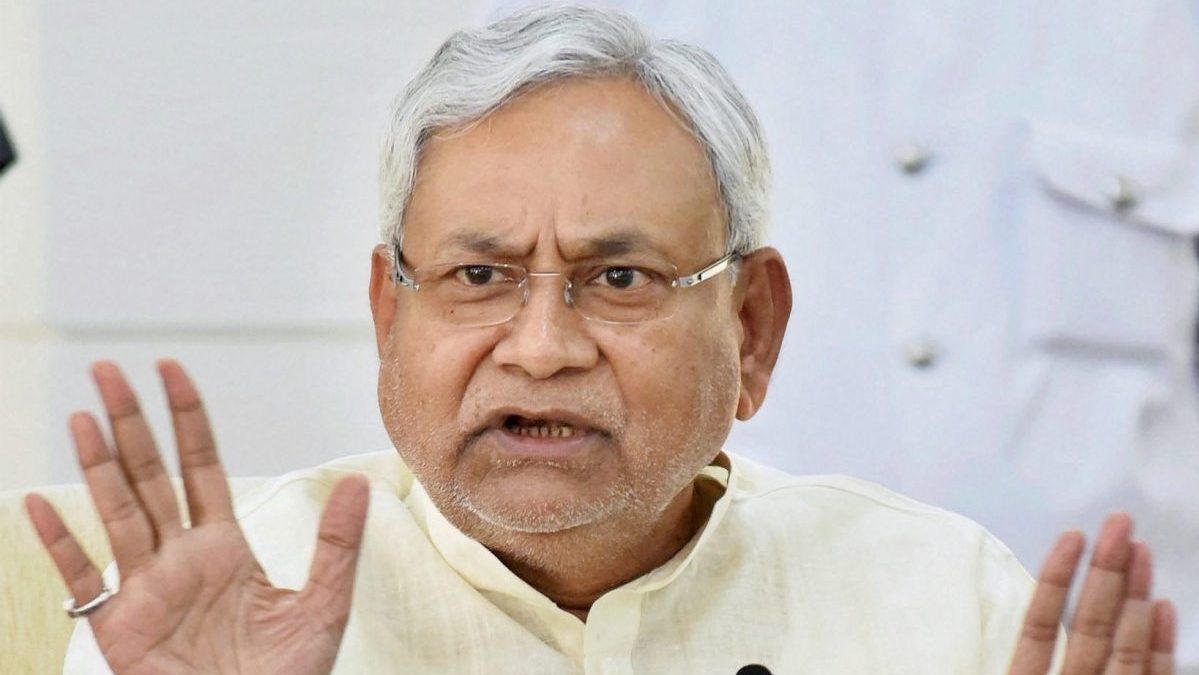



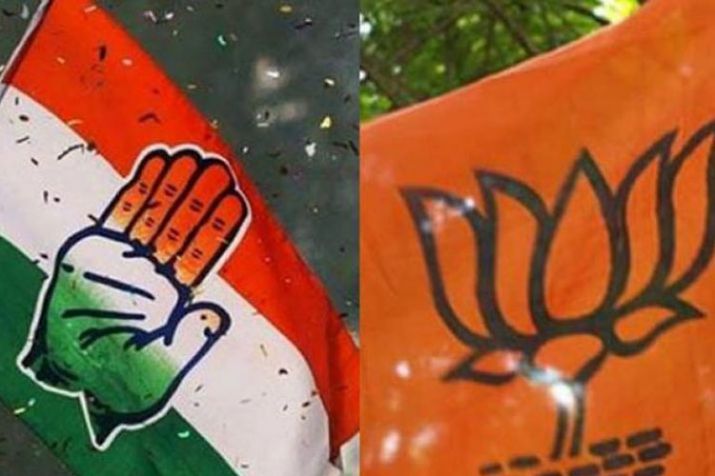
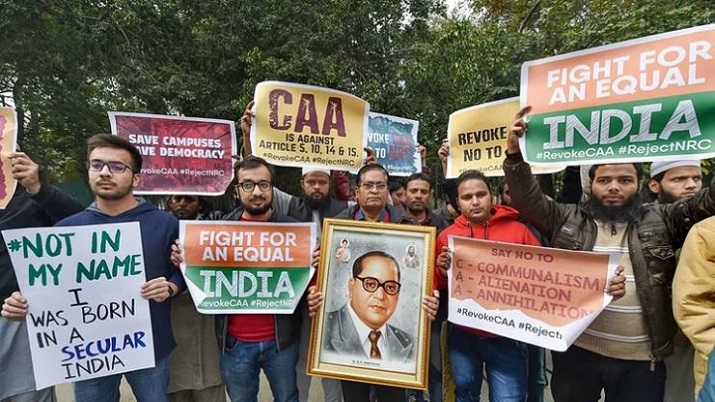
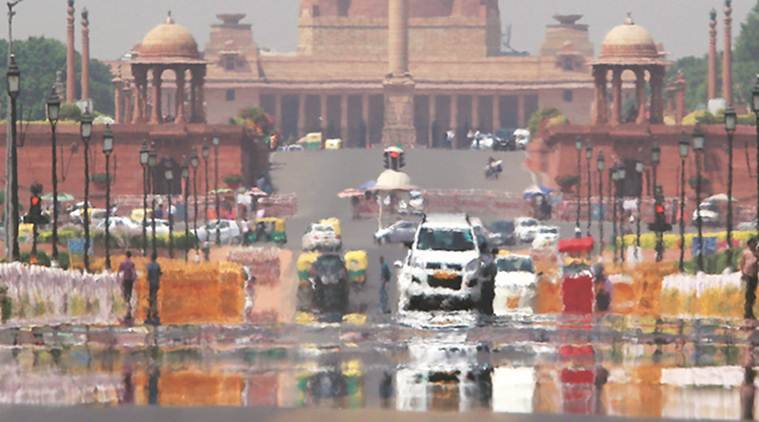
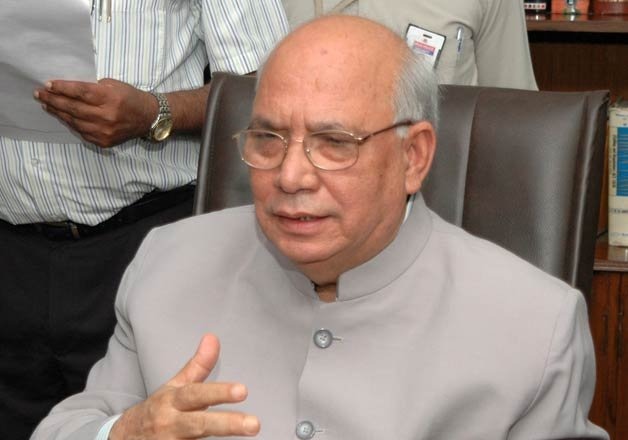






Comments (0)